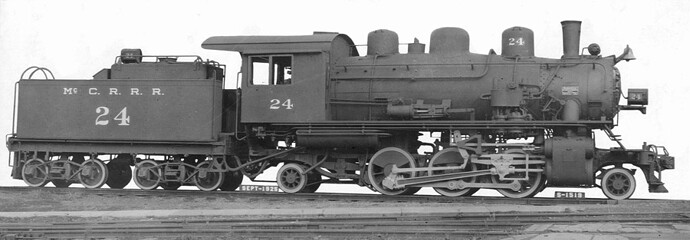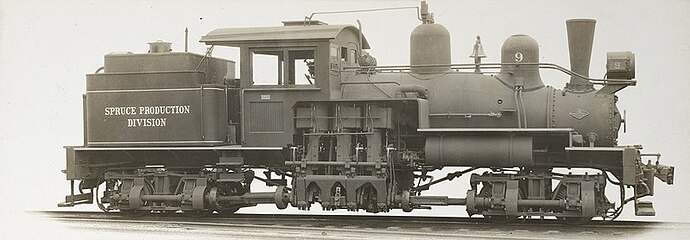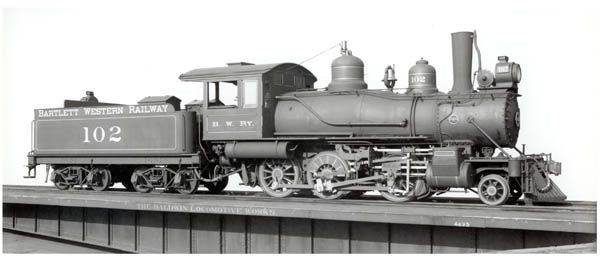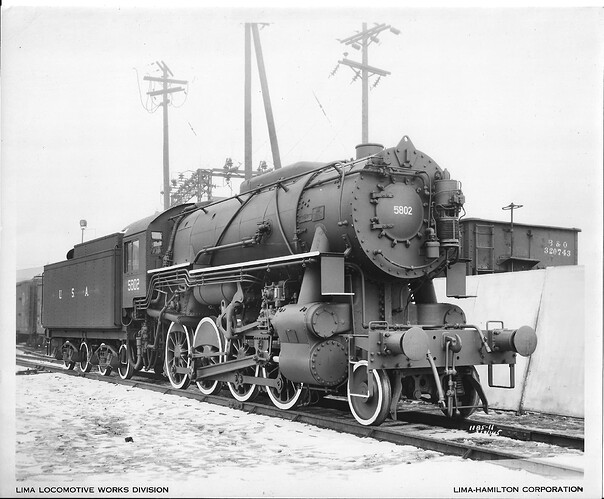Mike, that’s a very good point. I wonder if Floquil’s Grimy Black and Tarnished Black were formulated with some degree of “scale effect” even back before that concept was discovered and brought to conscious thought by the military modeling community?
Looking through locomotive books especially at Builder portraits, I noticed that the boilers almost always are lighter in tone then the smoke boxes and the cab. The Smoke Box I chalk up to being painted with that mixture of graphite instead of being smooth, where’s the cab, they are flat sides instead of rounded. But in black and white photos I sometimes wondered if the boiler is not painted or was not Russia iron? Even in some color photography though you can see that the black on the round structures takes on a different tone tgan vertical components.
Decades ago in one of the railroad magazines a modeler wrote about spraying his steam locomotives with a very thin clear coat tinted blue. He brought up that in vintage color photos and also working around restored and well kept locomotives, that black will reflect the blue of a clear sky. I think I read that sometime before 2002. 2002 I was on the Frisco 1522 farewell excursion, and shot some photos of her under a nice blue sky. When I got the photos back, it looked like the upper third of the rounded boiler had been painted a bright deep blue.
With black locomotives trying to mimic High noon, I think this is one case where pre-shading is an appropriate technique.



